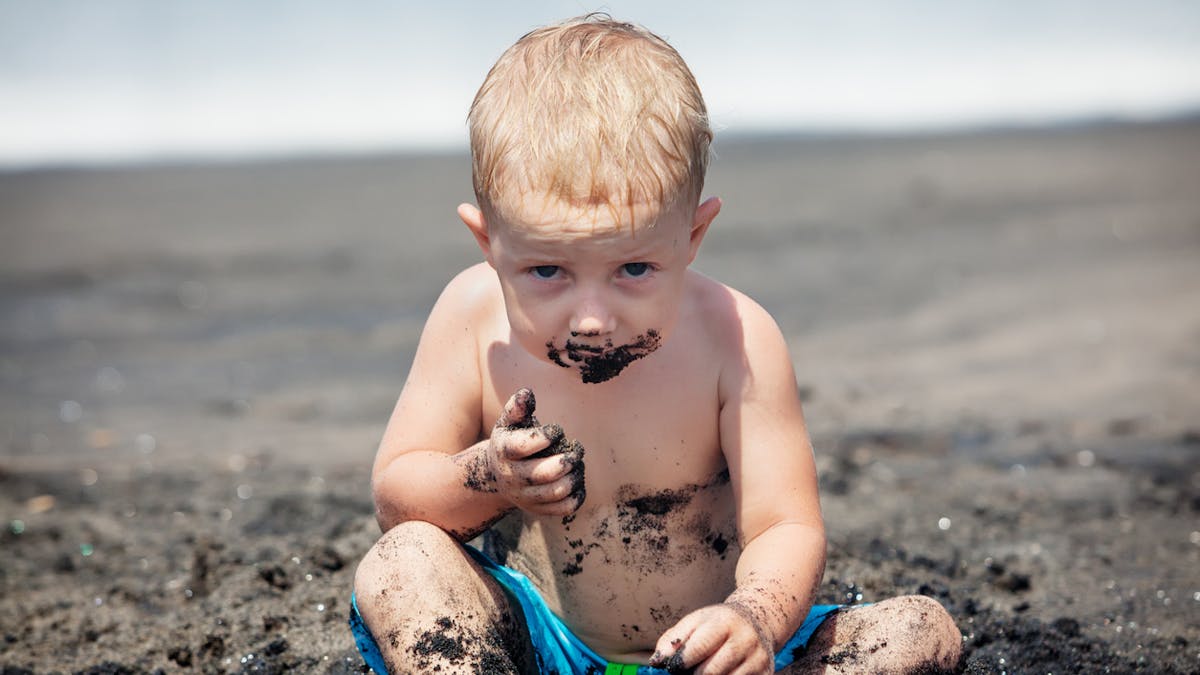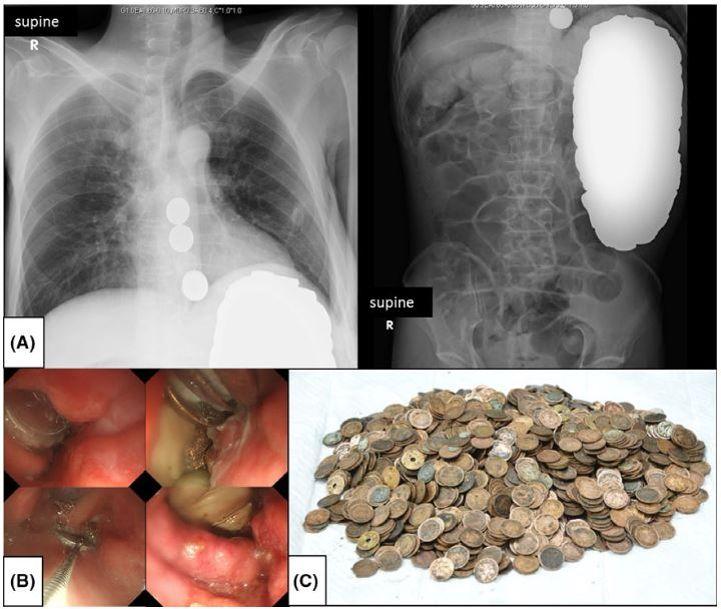
Pica Syndrome: all about this eating disorder
La maladie de Pica, aussi appelée syndrome de Pica, se traduit par l’ingestion répétée de substances non alimentaires (objets, terre, cheveux…). Quelles en sont les causes ? Qui est concerné ? Quand s’inquiéter d’un tel comportement chez l’enfant ? Et chez la femme enceinte? On vous dit tout sur ce trouble du comportement alimentaire.
Definition: what is pica syndrome?
Like anorexia or bulimia, pica's disease, or pica syndrome, is similar to an eating disorder. That being said, this classification is a matter of debate because it is not about food in the context of this syndrome.
In fact, pica is characterized by the repeated ingestion of non-food, inedible substances such as soil, chalk, sand, paper, pebbles, hair etc. Its name comes from the Latin name pica, meaning the magpie, an animal known for this type of behaviour.
The diagnosis of pica is made when the person has been eating persistent non-food substances or objects repeatedly for a month or more.
Pica syndrome in children, what are the symptoms?
Pica syndrome can evoke behaviour in young children. Beware that being said: a baby from 6 months to 2-3 years of age naturally tends to put everything in the mouth, without necessarily having pica's disease. It is a normal and transient behaviour of discovering one's environment, which will eventually pass as the child understands and assimilates what is eaten and what is not.
On the other hand, if the child continues to eat inedible substances beyond this stage, it may be good to ask.

During childhood, pica syndrome occurs most often through the ingestion of land (geophagia), paper or chalk. In adolescence, pica syndrome is more commonly expressed as trichophagia, which consists of chewing or ingesting one's own hair. If this behaviour persists, digestive problems may develop as a result of hair balls formed in the stomach.
Both children and adults may be affected by pica syndrome. There is no particular age to be affected, as pica syndrome sometimes occurs in pregnant women.
Pica Syndrome and pregnancy: an unexplained phenomenon
Although it is not clear why, pica syndrome can occur during pregnancy. It usually manifests itself in irrepressible cravings to eat chalk, earth, plaster, clay, flour. It could be an "animal" reaction to fight nausea, vomiting, deficiencies … Iron deficiency is often observed, which is why one should not hesitate to talk about it in consultation, to have one's iron level checked and to take supplementation if necessary.
While there are no figures on the incidence of pica's disease during pregnancy, there is no shortage of testimonials on parental forums.
Dans certaines sociétés d’Afrique de l’Ouest, et a fortiori chez les femmes enceintes d’origine africaine résidant en France, l’ingestion de terre ou d’argile (le kaolin, argile blanche friable) est même une sorte de tradition, comme en témoigne l’enquête “Le Goût de l’Argile”, sur la géophagie des femmes africaines dans le quartier de Château-Rouge (Paris), publiée en 2005 dans la revue Terrain et Travaux.
"when I got pregnant with all my children, I consumed kaolin... It did me good because it doesn't cause nausea. In my family all the women did the same, "according to the survey, a 42-year-old Ivorian woman living in Paris.
The causes of pica's disease, why the need to eat soil?
Although not systematic, as cultural traditions or deficiencies may also be involved, pica syndrome is often associated with psychiatric illness. Children with pica often find mental retardation, invasive developmental disorder (EDD) or autism spectrum disorder, or autism. Pica is then only a symptom of a pathology of another order.
In adults, mental disability or major deficiencies can lead to pica syndrome, while it may be related to anxiety in children over three years of age and in adolescents.
Pica Syndrome: what are the risks? Is it serious to eat sand or paper?
The risks associated with pica syndrome are obviously dependent on the inedible substances that have been ingested. For example, ingestion of lead paint can lead to lead poisoning. In disorder, pica's disease can also lead to deficiencies, constipation, digestive problems, bowel obstruction, parasitic diseases (for example, if the soil swallowed contained parasite eggs) or addiction (e.g. nicotine when eating cigarette butts).
How to treat pica syndrome: what treatments, what management?
There is no specific treatment for pica syndrome as such. The discovery of what causes this syndrome is essential to determine the best treatment approach.
Psychotherapy can thus be considered, in parallel with changes in the environment of the affected person (replacement of paintings, removal of butts, etc.). . The child will also be screened for a developmental disorder, mental retardation or autism disorder.
Medical examinations should also be undertaken in the event of symptoms suggesting complications (including digestive complications or deficiencies) in order to undertake medication or surgical treatment accordingly.







